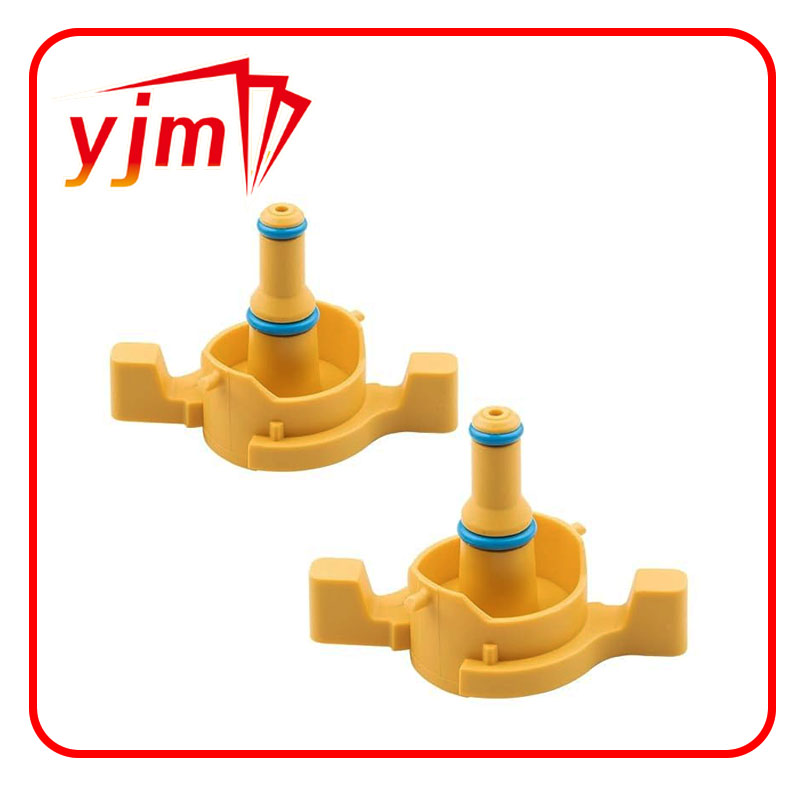Understanding Oil Seal Functionality in Power Steering Systems for Optimal Performance
The Role of Oil Seals in Power Steering Systems
Power steering systems have become an essential feature in modern vehicles, providing drivers with easier maneuverability and enhanced driving comfort. A critical component of these systems is the oil seal, which plays a pivotal role in maintaining the integrity and efficiency of power steering operations. In this article, we will explore the function, types, and importance of oil seals in power steering systems.
Understanding Power Steering Systems
Power steering systems are designed to reduce the effort required to steer a vehicle. They achieve this by using hydraulic or electric actuators to assist the driver. In hydraulic systems, pressurized steering fluid is directed to specific components, allowing for smoother steering with minimum physical effort. This pressurized fluid is vital for the system's functionality, and that’s where oil seals come into play.
The Function of Oil Seals
Oil seals, also known as oil or fluid seals, are designed to retain lubrication fluid while preventing contaminants such as dirt and moisture from entering the system. In the context of power steering, these seals help to ensure that the hydraulic fluid remains contained within the steering gear and that the system operates smoothly.
The oil seal essentially creates a barrier between the moving parts of the steering system and the external environment. Its primary functions include
1. Leak Prevention Oil seals prevent hydraulic fluid from leaking out of the power steering system, which is crucial for maintaining pressure levels and ensuring efficient steering performance.
2. Contaminant Exclusion By preventing dust and debris from entering the system, oil seals help protect the internal components from wear and potential damage, extending the lifespan of the power steering assembly.
3. Pressure Maintenance A properly functioning oil seal helps maintain the necessary pressure within the power steering system. This is vital for ensuring that the hydraulic assist functions correctly, ultimately leading to better steering response.
oil seal power steering

Types of Oil Seals
There are various types of oil seals used in power steering systems, each designed for specific applications. Some common types include
- Rotary Shaft Seals These are used where there is a rotating shaft, such as the steering pump. They ensure that hydraulic fluid stays contained while allowing the shaft to rotate freely.
- Radial Lip Seals These seals are often used in power steering pumps and gearboxes. They feature a flexible lip that creates a tight seal against the housing, providing effective sealing performance under pressure.
- U-Cup Seals These are employed in certain applications where higher pressure is present. Their unique shape allows them to maintain better sealing capabilities under varying conditions.
Importance of Regular Maintenance
While oil seals are durable, they are not immune to wear and tear. Factors such as exposure to extreme temperatures, pressure fluctuations, and age can lead to degradation over time. Regular maintenance, including inspecting and replacing worn seals, is crucial to ensure the optimal performance of the power steering system.
Ignoring seal issues can result in fluid leaks, decreased steering performance, and potential damage to other components of the steering system. Drivers should be vigilant for signs of fluid leaks or changes in steering responsiveness, which may indicate a failing oil seal.
Conclusion
In conclusion, oil seals play a vital role in the functionality of power steering systems. They not only prevent leaks and the ingress of contaminants but also maintain the hydraulic pressure necessary for efficient steering. Regular maintenance and timely replacement of worn seals are essential for ensuring the longevity and reliability of power steering systems. By understanding the importance of oil seals, drivers can make informed decisions that enhance their driving experience and vehicle performance.
-
Understanding the Front Main Engine Seal: Purpose, Maintenance, and Installation
News Jul.29,2025
-
Understanding O-Rings and Seal Rings: Types, Applications, and Custom Solutions
News Jul.29,2025
-
Understanding Crankshaft Oil Seals: Rear Seals, Pulley Seals, and Their Role in Engine Integrity
News Jul.29,2025
-
The Importance of Front and Rear Crankshaft Seals in Engine Performance and Oil Management
News Jul.29,2025
-
Crank Oil Seals: Functions, Types, and Cost Considerations in Engine Maintenance
News Jul.29,2025
-
A Comprehensive Guide to O-Rings and Seals: Types, Materials, and Global Applications
News Jul.29,2025
-
Mastering Diesel and Performance Engine Maintenance: A Guide to Critical Oil Gaskets
News Jul.28,2025
Products categories















